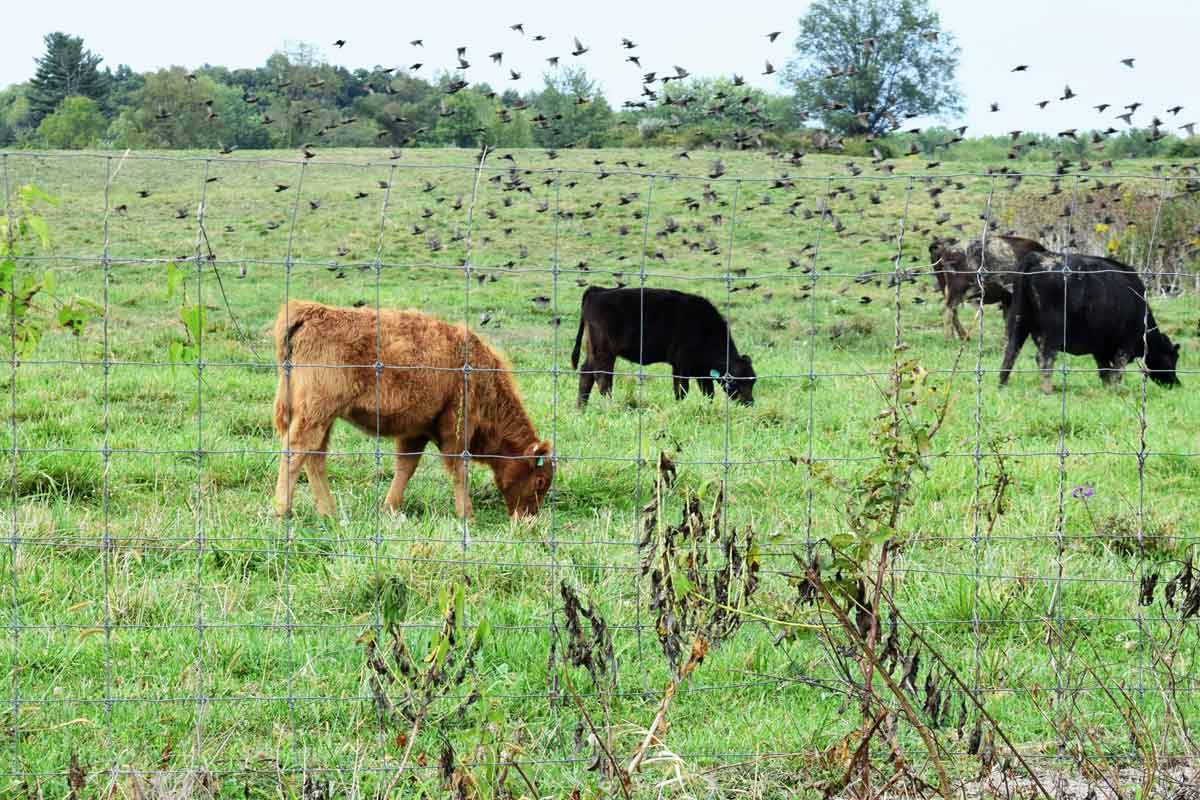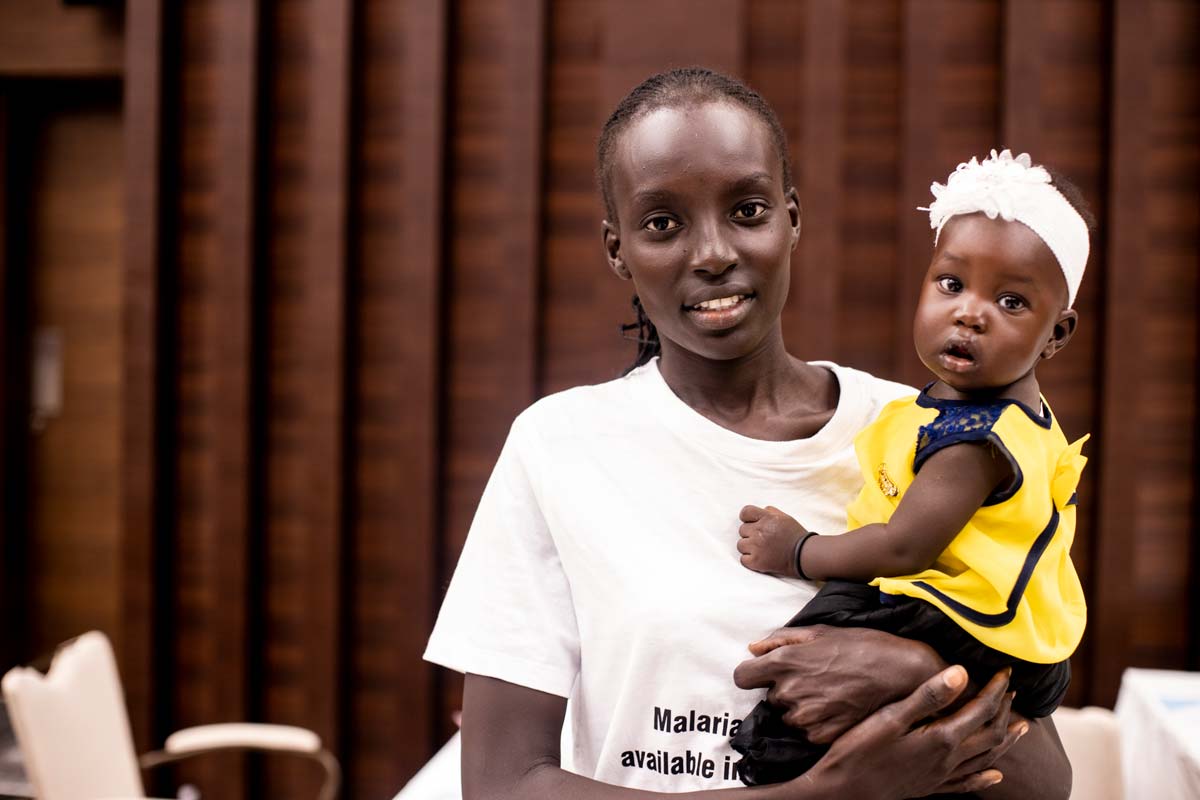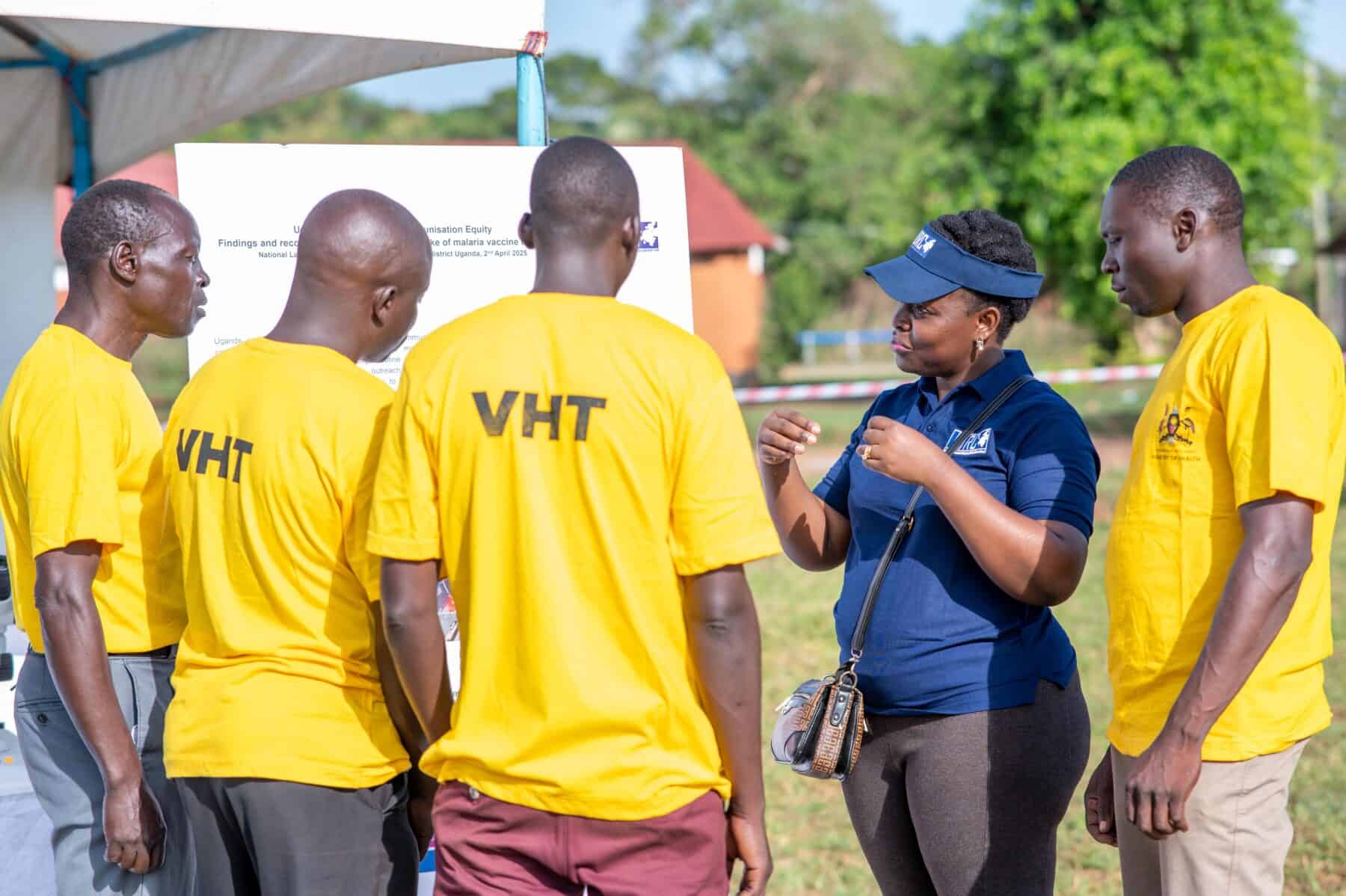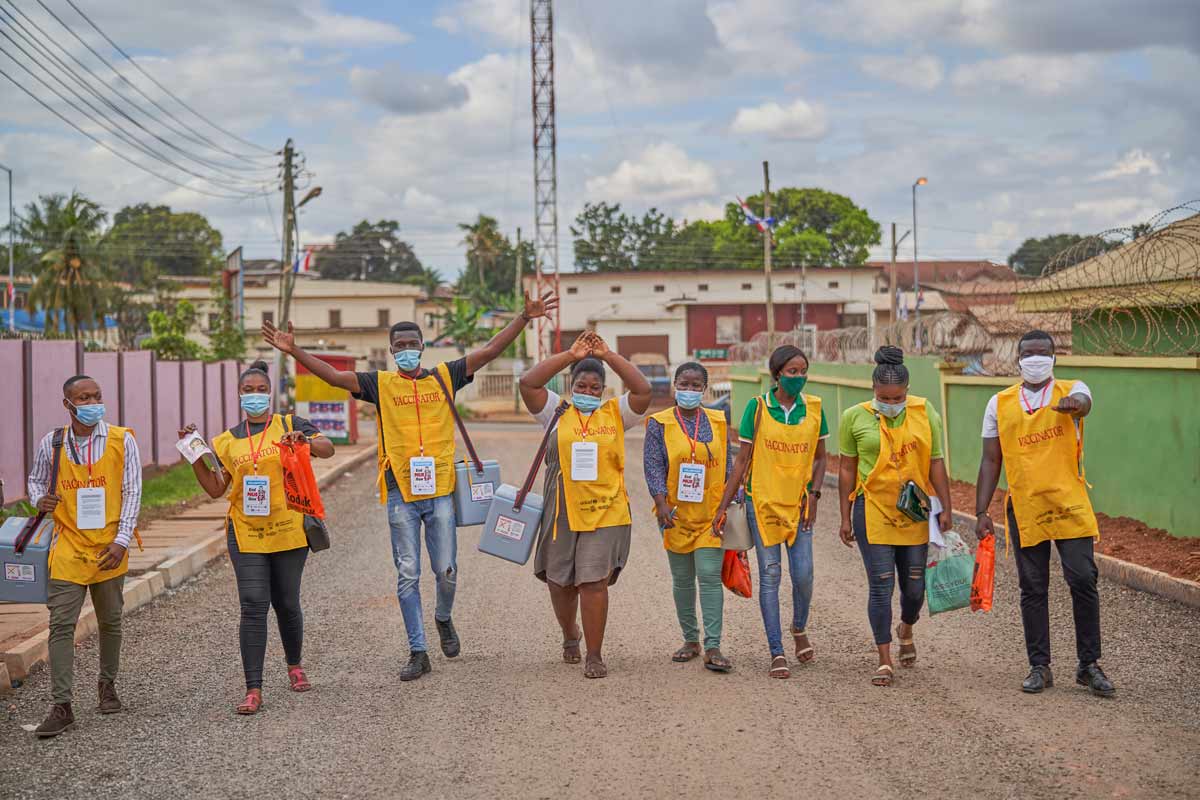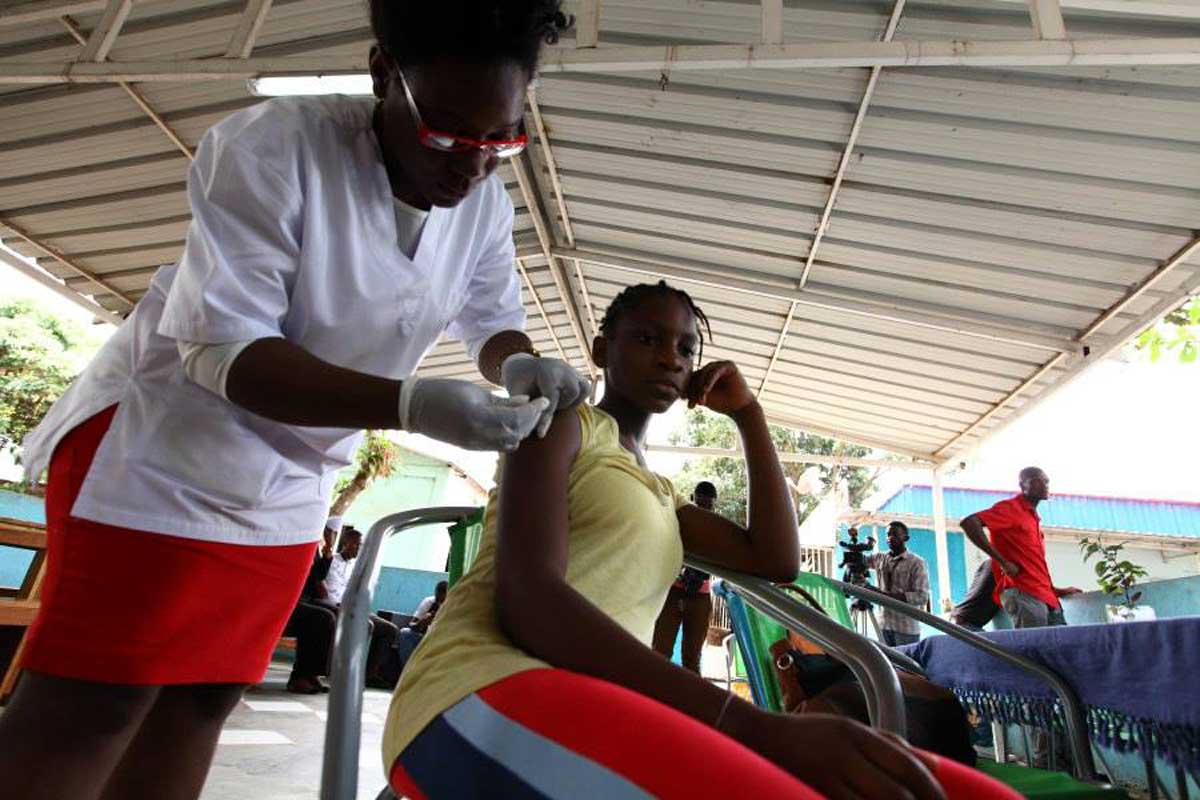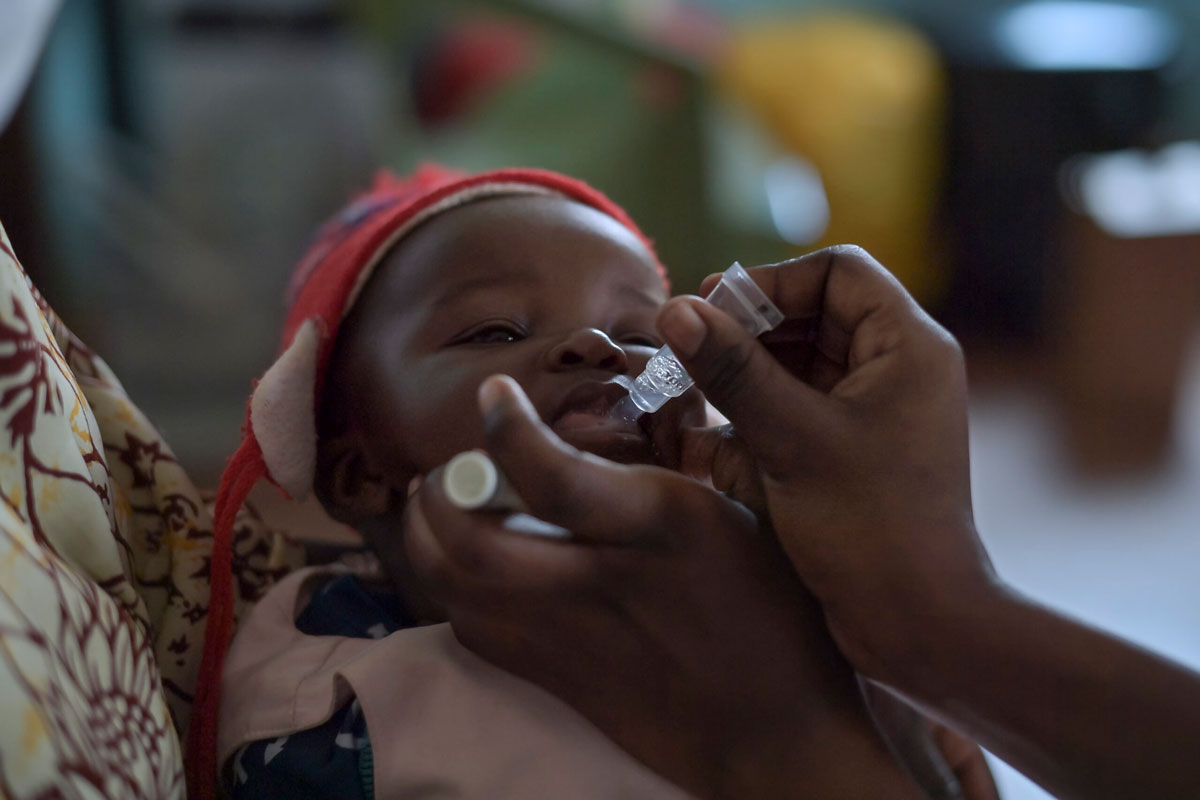Trans people are overlooked by immunisation programmes. That needs to change
Discrimination and marginalisation of any kind constitute a multi-layered public health threat. Trans people, finds Rachel Sadoff, are at greater risk not just of violence, but also from pathogens.
- 31 March 2023
- 6 min read
- by Rachel Sadoff

By 30 May 2021, India had vaccinated approximately 165 million people against COVID-19, reaching 11.7% of its general population – but that figure included only 5.22% of its transgender and gender diverse (TGD) community. Activists were not surprised. Transgender people around the world face unique barriers at almost every stage of the health care cascade.
"Transwomen are afraid that they are going to be beat ... [afraid] for their lives … of being attacked … to come out of their homes to get the vaccine.”
"Transwomen are afraid that they are going to be beat ... [afraid] for their lives … of being attacked … to come out of their homes to get the [COVID-19] vaccine," one trans person in Los Angeles told researchers in 2021. More than one in five trans women surveyed in the Dominican Republic in 2017 had survived murder attempts, and more than 80% of trans people surveyed in Argentina in 2012 had been "victims of grave acts of violence and discrimination by police" – among the most brutal expressions of more broadly pervasive persecution.
Discriminatory violence has indirect as well as direct public health effects: risk management can come at a cost to health-seeking behaviour. That means that vaccination campaigns targeting adults are likely to encounter specific access challenges among TGD populations.
When TGD people are excluded from immunisation, they face increased risk from infectious diseases. What will it take to protect people of all genders with life-saving vaccines?
TGD people – people whose gender identity does not correspond in a conventional way to the sex they were assigned at birth – face disproportionate stigma and abuse in health care settings, public spaces, relationships, the workplace, and bureaucracy, threatening their human rights and progress toward global health equity. The sheer scale of this bias is daunting. In a 2018 survey of 19,700 adults across 27 countries, one quarter agreed that "society has gone too far in allowing people to dress and live as one sex even though they were born another", and 38 percent "worry about exposing children to transgender people".
Gendered barriers to immunisation are instances of structural violence, whereby stigma and discrimination affect one's physical health. Interventions to address them must, as such, be carried out at the systemic level, to advance human rights and social justice for TGD people as well as protect them from infectious disease. Reliably reaching trans and gender diverse people with life-saving vaccines calls for immunisation plans that are tailored to their reality – and highly cognisant of the barriers they are likely to face.
TGD health and immunisation
TGD people and their dependents are highly likely to face food, economic and housing insecurity. We know that malnutrition, in turn, can make vaccines less effective. Further, the costs of travelling to a clinic and purchasing a vaccine may be too high for many TGD people. Immunisation itself may be deprioritised.
Poor treatment by health care providers can be another major obstacle to immunisation for transgender people. Health workers have reportedly refused to provide medical care to TGD people in, among others, Nepal, Benin, Kenya, Pakistan, and Guyana. This pattern can leave TGD people understandably reluctant to seek health care. Researchers in Brazil, for example, have found a "history of discrimination" was associated with a "6.72-fold increase in the frequency of health service avoidance" among TGD people.
Case for intervention
Addressing TGD-related barriers to immunisation is a matter of human rights and social justice as well as of dignity, empowerment, and freedom from disease.
Programme efficacy is also at stake since the uptake of adult vaccines can be much more difficult. For example, "lack of provider recommendation is a key barrier to HPV [human papillomavirus] vaccination," so when health care workers are told to offer the vaccine to girls and women as a means of preventing cervical cancer, transgender men and boys may be missed, despite also being anatomically at risk.
Vaccines against HIV – though still in development – will come with other obstacles when they enter into use. As a Global Public Health study from Thailand explained, "Vaccines are at once a prevention technology and a social liability laden with HIV-related stigma that may result in being judged as 'high-risk', promiscuous, or already infected." Since transgender women are the general public, stigma preventing their clinic visits must be confronted for any future programme to be effective.
Have you read?
Global COVID-19 vaccine programmes have revealed that trans adults may need additional information to address their concerns. In India, for example, TGD people who avoided the COVID-19 vaccine have pointed to uncertainty about potential interactions with hormone therapies. Others cited an unwillingness to share sex and gender information with the government, which is required to book an appointment, and fear of crowds due to stigma.
TGD people's challenges in this domain are specific but not unique, so addressing them can improve access for other groups facing barriers to accessing health care and immunisation services – including cisgender women and girls, people with disabilities and sex workers.
Next steps
Although international health organisations cannot resolve all these gender-related barriers to immunisation, they are well-positioned to mitigate them – and obligated to do so.
Gavi is making steps in the right direction. At a global level, Gavi has a thorough and fully inclusive Gender Policy, and an independent evaluation by Itad in 2019 revealed it had positive effects on gender equity at the country level and in research settings. Itad also noted that "the Secretariat's engagement in global dialogue has helped to emphasise the importance of gender-related barriers to immunisation outcomes, which is likely to have contributed to gender being reflected as a priority issue in the resulting agreements."
Gavi has also partnered with TGD-led organisations, which are critical for outreach; required that country plans note when their programmes address gender-related barriers, fostering country ownership and culturally tailored interventions; and published on TGD activism in immunisation and health, spotlighting their strength and resilience. Within the office, too, Gavi has offered a course on "how to meaningfully integrate gender" into country programmes, invited a TGD intern to present on gender diversity (and then write this article), and begun to revise a series of internal policies to be more holistically gender-inclusive.
More can and should be done. Vaccine programmes and organisations can advance this cause by conducting gender analyses throughout their projects, carefully monitoring any gender policies, training vaccinators in gender sensitivity and unconscious bias, appointing TGD people to leadership positions, and collecting gender-disaggregated, in addition to sex-disaggregated, data. Finally, it's important to note that even the most gender-inclusive approaches to global health must adapt to keep pace with emerging challenges like the climate crisis and "anti-gender" movements.
Vaccine equity for TGD people is a matter of both principled and strategic importance for global health and development organisations. Neither global vaccine equity nor health for all will be possible without the proactive inclusion of gender diverse people.
Further Reading
- India: USAID, "Innovations to overcome vaccine hesitancy and increase COVID-19 vaccination among key populations and people living with HIV in Telangana, India." FHI 360, January 2022.
- Peru: Galea Jerome et al., "HPV vaccine knowledge and acceptability among Peruvian men who have sex with men and transgender women: A pilot, qualitative study." PLoS One, 28 February 2017.
- USA: Kramer, Jillian. "In Covid Vaccine Data, L.G.B.T.Q. People Fear Invisibility." The New York Times, 7 May 2021.
